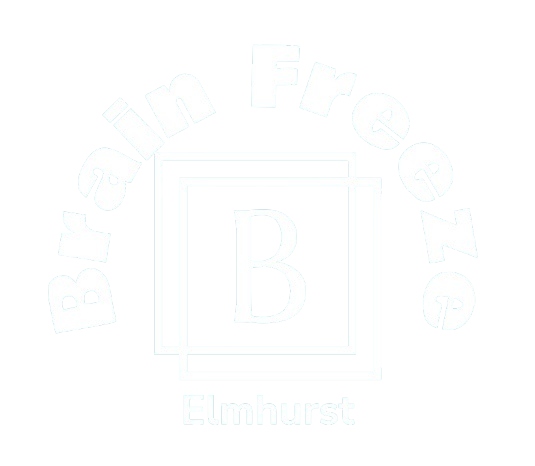In today’s tech-driven world, electronic components are the unsung heroes behind the functionality of virtually every gadget and device we use. From smartphones and computers to home appliances and automotive systems, these components play a crucial role in powering our modern lives. This blog will provide an in-depth look at the various types of electronic components, their functions, and their significance in the realm of electronics.
What Are Electronic Components?
Electronic components are the basic elements used to build electronic circuits. They can be passive or active, depending on their functionality.
- Passive Components: These components do not require a power source to operate. They can store energy (capacitors), resist current (resistors), or allow current to pass through (inductors) but cannot amplify or control electrical signals on their own.
- Active Components: These components require an external power source and can control the flow of current. Examples include transistors, diodes, and integrated circuits (ICs), which are essential for amplifying and switching electrical signals.
Key Electronic Components and Their Functions
Understanding the various types of electronic components is vital for anyone interested in electronics. Here are some of the most common components and their functions:
1. Resistors
Resistors are passive components that limit the flow of electric current in a circuit. They are used to protect sensitive components, divide voltage, and control signal levels. Resistors come in various types, including:
- Fixed Resistors: Have a constant resistance value.
- Variable Resistors (Potentiometers): Allow users to adjust resistance as needed.
2. Capacitors
Capacitors store and release electrical energy. They are widely used for smoothing out voltage fluctuations in power supplies and for coupling and decoupling signals in circuits. Capacitors come in different types, such as:
- Electrolytic Capacitors: Offer high capacitance values, typically used in power supply circuits.
- Ceramic Capacitors: Used in high-frequency applications due to their stability.
3. Inductors
Inductors are passive components that store energy in a magnetic field when electrical current passes through them. They are commonly used in power supplies and radio frequency applications. Inductors can filter signals and help regulate currents in circuits.
4. Diodes
Diodes are active components that allow current to flow in one direction while blocking it in the opposite direction. This property makes them essential for converting alternating current (AC) to direct current (DC). Types of diodes include:
- Standard Diodes: Used for rectification in power supplies.
- Zener Diodes: Provide voltage regulation by allowing current to flow in the reverse direction at a specified voltage.
5. Transistors
Transistors are fundamental building blocks in modern electronics, acting as switches or amplifiers. They control the flow of current in a circuit, making them essential for signal processing and digital circuits. There are two main types of transistors:
- Bipolar Junction Transistors (BJTs): Used in amplification and switching applications.
- Field-Effect Transistors (FETs): Operate on voltage rather than current, ideal for high-speed switching applications.
6. Integrated Circuits (ICs)
Integrated circuits are a collection of electronic components (resistors, transistors, capacitors) fabricated onto a single chip. ICs are used in virtually every electronic device and can perform complex functions like processing, memory storage, and control. They are classified into:
- Analog ICs: Deal with continuous signals (e.g., amplifiers, voltage regulators).
- Digital ICs: Work with discrete signals (e.g., microcontrollers, microprocessors).
7. Connectors
Connectors are critical for establishing electrical connections between components in a circuit. They come in various forms, including plugs, sockets, and terminals. Proper connectors ensure reliable communication between different parts of a circuit or device.
8. Sensors
Sensors are devices that detect physical conditions (such as temperature, light, or motion) and convert them into electrical signals. They play a vital role in automation, robotics, and smart technologies. Common types of sensors include:
- Temperature Sensors: Measure temperature changes (e.g., thermocouples).
- Proximity Sensors: Detect the presence of objects without physical contact.
The Role of Electronic Components in Modern Technology
The significance of electronic components in today’s technology landscape cannot be overstated. Here are a few areas where they have a profound impact:
1. Consumer Electronics
From smartphones to laptops, electronic components are the backbone of consumer electronics. Their miniaturization and increased functionality have driven innovation, making devices smaller, faster, and more efficient.
2. Automotive Technology
Modern vehicles rely heavily on electronic components for safety, navigation, and entertainment systems. Sensors, ICs, and communication modules enhance vehicle performance and improve the overall driving experience.
3. Industrial Automation
In manufacturing and industry, electronic components are integral to automation systems. They enable real-time monitoring, control processes, and improve efficiency, leading to cost savings and increased productivity.
4. Renewable Energy
Electronic components are essential in renewable energy systems, such as solar panels and wind turbines. They manage power conversion, storage, and distribution, facilitating the transition to sustainable energy solutions.
5. Medical Devices
In the healthcare sector, electronic components are crucial in medical devices, from diagnostic equipment to patient monitoring systems. Their reliability and precision enhance patient care and safety.
Conclusion
Electronic components are fundamental to the operation of modern technology, serving as the building blocks that drive innovation across various industries. Understanding these components, their functions, and their applications equips enthusiasts, engineers, and consumers with the knowledge to navigate the ever-evolving landscape of electronics. Whether you’re a hobbyist building circuits, an engineer designing complex systems, or simply a tech-savvy consumer, mastering the essentials of electronic components will enhance your appreciation of the technology that surrounds us. As the world continues to embrace new technological advancements, the importance of these components will only grow, shaping the future of innovation.

